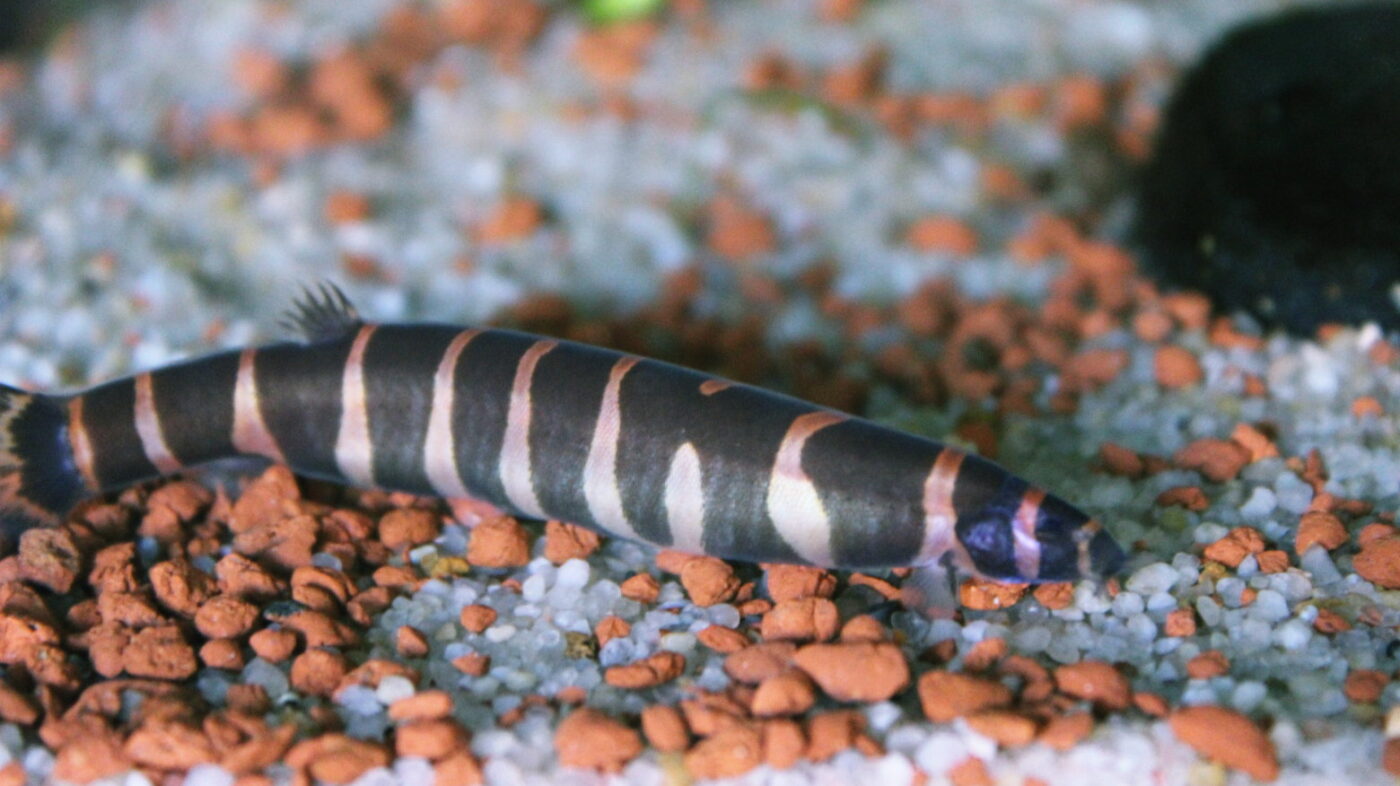Guide
Keeping triops and spiny dogfish together in the aquarium
If you are looking for unique and fascinating inhabitants for your aquarium, then you should definitely consider Triops and spiny dogfish. These extraordinary creatures will not only captivate every observer, but will also become an exciting hobby for you as an aquarist. Triops, also known as “primeval crabs”, are true dinosaurs among invertebrates. They take us back to prehistoric times with their impressive ability to survive unchanged for millions of years. But their unique aesthetics and fascinating behaviour make them not only time travellers, but also extremely fascinating aquarium inhabitants. But spiny dogfish also have their very own charm. With their spiny exterior and intelligent behaviour, they are among the most interesting fish species to keep in an aquarium. They are exceptional hunters and observers, exploring their habitat with curious glances. In this blog post I explain how both Triops and spiny dogfish can be kept together in an aquarium.

Triops and spiny dogfish: spiny dogfish are fascinating hunters of the underwater world
The world of aquatics holds countless fascinating creatures that immerse us in the mysteries of life under water. Among these fascinating inhabitants, one particular species stands out: the spiny dogfish. With their distinctive spiny exterior and intelligent behaviour, spiny loaches are not only aesthetically pleasing, but also extremely interesting and exciting aquarium inhabitants.
Spiny loaches are fish that originally come from Southeast Asia. They come in various species and subspecies that differ in size, colour and behaviour. The most popular species are the spiny-eyed thorneye (Acanthophthalmus kuhlii) and the splendid thorneye (Acanthophthalmus macrophthalmus).
The most distinctive feature of spiny dogfish is their spiny appendages that run along their body. These spines not only give them a unique aesthetic, but also serve as a protective mechanism against predators. Their body shape is elongated and slightly flattened at the sides, which allows them to move deftly between plants and decorations.
Spiny dogfish are nocturnal and like to hide in hiding places such as caves, plants or decorations during the day. When darkness falls, they come to life and show impressive hunting behaviour. With their mobile barbels, they curiously explore the substrate in search of food. Their food consists mainly of small invertebrates such as insect larvae and worms, which they skilfully track down and catch with their barbels.
Spiny dogfish are peaceful fish that can usually be kept well in community aquariums. They like to live in groups and interact with each other. In a group they feel safer and show their natural behaviour more strongly. However, it is important that the aquarium offers sufficient hiding places to minimise rank fights.
Keeping spiny dogfish requires some specific conditions to ensure their well-being. A sandy or fine-grained gravel substrate is recommended, as coarse gravel can injure their sensitive barbels. Plants, roots and caves serve as hiding places and retreats. The water temperature should be between 24° C and 28° C, with a slightly acidic to neutral pH value.
All in all, spiny dogfish are fascinating and versatile aquarium inhabitants that are not only an aesthetic enrichment for any aquarium, but also offer insights into the exciting world of underwater hunters. Observing their behaviour and creating a species-appropriate habitat are key to successful husbandry and offer aquarists the opportunity to discover the secrets and beauty of this special fish species.
Keeping with Triops
The combination of these two unusual inhabitants may seem surprising at first glance, but a closer look reveals interesting synergies. Both species prefer similar environments with hiding places and a sandy substrate. Spiny dogfish, which like to stay in their hiding places during the day, can act as attentive observers at night, while the triops unfold their activities. This creates a fascinating interplay between quiet moments and pulsating activity in the aquarium.
However, it is important to consider some aspects to ensure the successful coexistence of these two species. The aquarium should be sufficiently large to provide enough space for both species and their individual needs. The water parameters, such as temperature and pH, should be in the optimal range for both species. In addition, a balanced diet should be provided to ensure that both spiny dogfish and triops get enough food.
Keeping Triops and spiny dogfish together can lead to fascinating observation and a deep appreciation for the diversity and interactions in the aquatic world. The mix of prehistoric charm and sophisticated hunter artistry creates a unique aquarium that is not only visually appealing, but also provides a deeper understanding of how nature interacts. If you’re ready to explore an unconventional and exciting combination of aquarium inhabitants, then the symbiosis of spiny dogfish and triops could be the right choice for you.